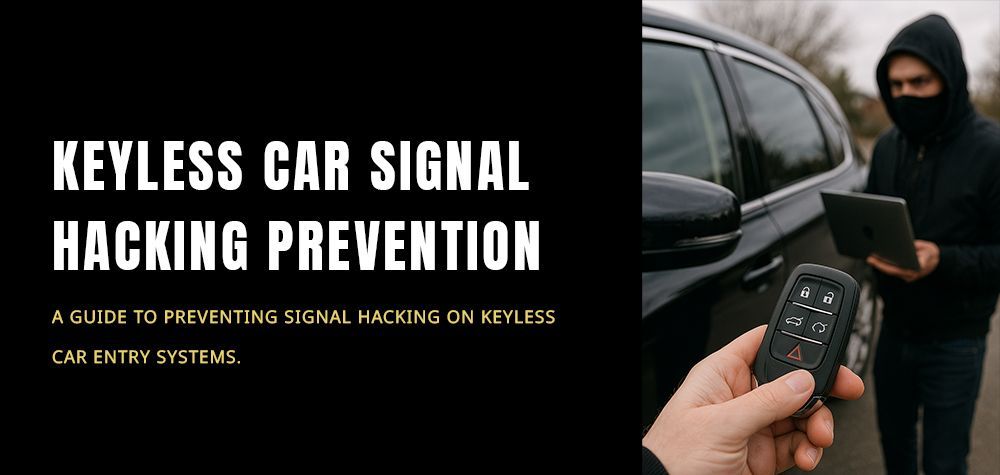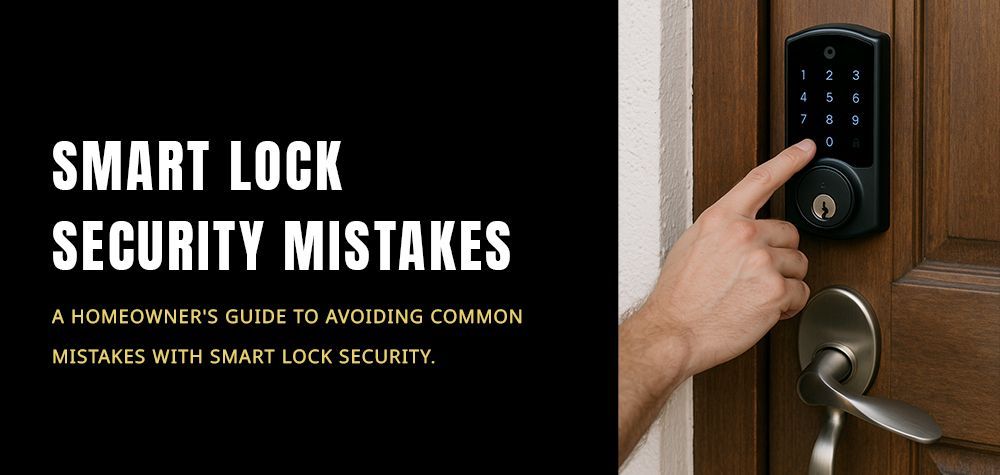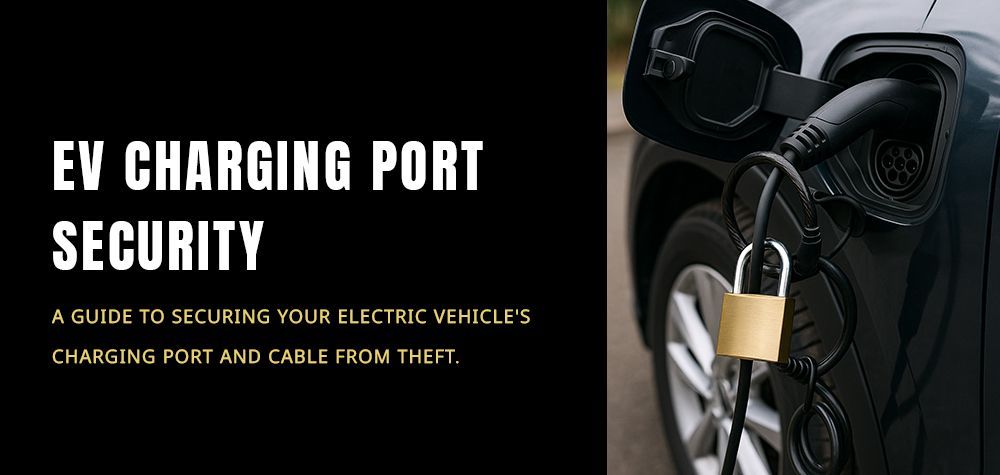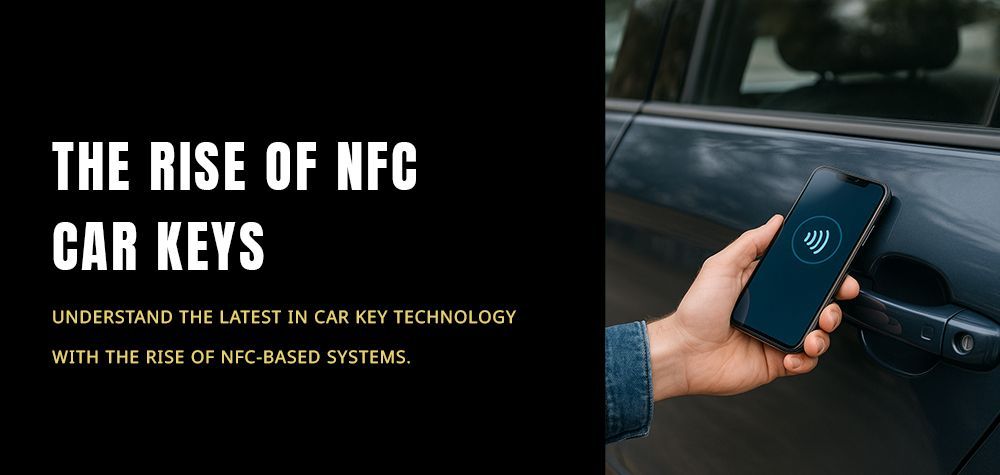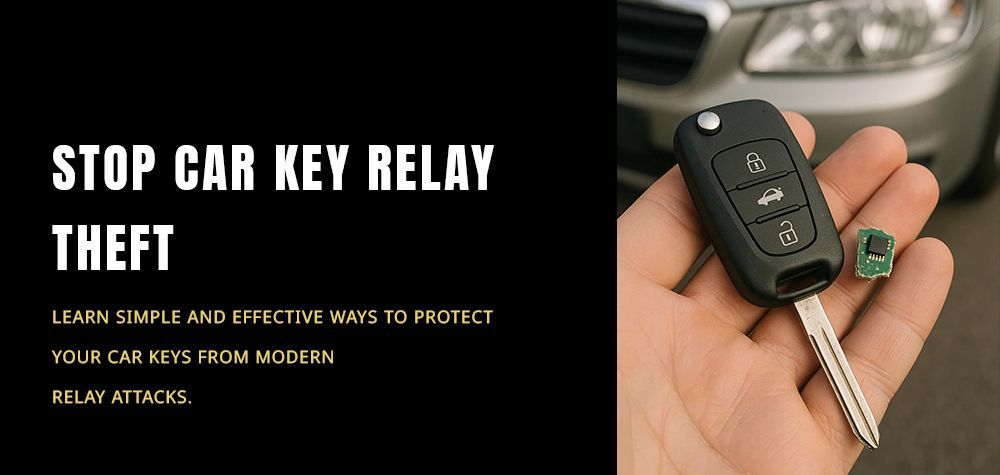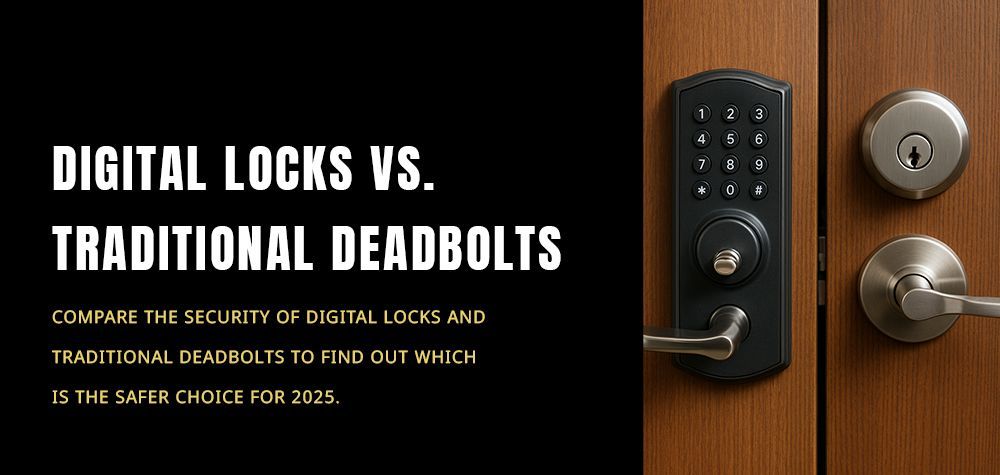How to Temporarily Secure a Broken Lock Until a Locksmith Arrives
A broken lock is more than just an inconvenience—it’s a security risk. Whether your lock is jammed, broken due to wear and tear, or damaged by forced entry, leaving it unsecured exposes your home or business to potential intruders. While calling a locksmith is the best course of action, there are several temporary measures you can take to secure the area until professional help arrives. In this guide, we’ll explore the causes of broken locks, the risks involved, and step-by-step solutions to keep your property safe in the interim.
Should You Replace a Rusty Lock or Repair It? Here’s How to Decide
Causes of a Broken Lock
1. Wear and Tear Over Time
Locks endure daily use, and over time, internal components can wear out. Springs weaken, pins misalign, and mechanisms fail, leading to a malfunctioning lock.
2. Key Breakage Inside the Lock
If a key breaks off inside the lock, it renders the mechanism useless. This often happens due to excessive force or an old, weakened key.
3. Forced Entry or Vandalism
Burglars or vandals may try to force their way in by drilling, picking, or damaging the lock. Such incidents can completely compromise the lock’s functionality.
4. Weather-Related Damage
Extreme temperatures, moisture, or rust can cause locks to freeze, corrode, or jam, making them difficult to operate.
5. Misalignment of the Door or Lock
If the door is misaligned with the frame, the lock may not function properly, leading to difficulty in securing the door.
Risks of Leaving a Lock Broken
Increased Vulnerability to Break-Ins
An unsecured door is an open invitation for burglars. A broken lock significantly increases the chances of unauthorized entry.
Compromised Safety for Occupants
If the broken lock is on an entrance door, it can put residents or employees at risk. Even interior doors, such as bedroom or office doors, can pose security risks if left unsecured.
Legal and Insurance Complications
In some cases, insurance claims for theft or damage may be denied if it is found that the property was not properly secured.
Further Damage to the Lock and Door
Forcing a damaged lock to function can worsen the problem, making professional repair or replacement more expensive and complicated.
Step-by-Step Solutions to Secure a Broken Lock Temporarily
1. Reinforce the Door with a Heavy Object
If the door leads to the outside, blocking it with a heavy object such as furniture can prevent easy entry. This is a simple but effective short-term solution.
2. Use a Temporary Locking Device
Portable locks, such as door wedges, security bars, or travel locks, can provide an additional layer of security until the locksmith arrives.
3. Apply Duct Tape or Zip Ties for Interior Doors
For interior doors, duct tape or zip ties can temporarily hold the lock in place. While not foolproof, this can prevent accidental opening.
4. Use a Deadbolt or Secondary Lock if Available
If your door has an additional locking mechanism such as a deadbolt, use it as the primary security measure until the locksmith fixes the broken lock.
5. Install a Temporary Chain or Slide Lock
A simple chain lock can provide some reinforcement if the main lock is compromised. If your door already has a secondary latch, use it as a backup.
6. Secure the Door with Screws and Brackets
If the lock is detached but the door remains in place, you can temporarily screw the door shut from the inside using brackets. This will keep the door immovable until repairs can be made.
How to Tell If Someone Has Tampered with Your Lock
Expert Recommendations for Handling a Broken Lock
Do Not Force the Lock Further
Attempting to jam or force a malfunctioning lock can make the issue worse and potentially damage the door itself. Avoid using excessive pressure.
Contact a Professional Locksmith Immediately
Even if you manage to secure the door temporarily, calling a locksmith should be your priority. Professionals have the tools and expertise to fix or replace the lock efficiently.
Document Any Damage for Insurance Purposes
If your lock was broken due to an attempted break-in, take pictures and document the damage for insurance claims.
Consider Upgrading to Smart Locks or More Secure Alternatives
If your lock is old or frequently malfunctions, consider upgrading to a smart lock or high-security deadbolt to prevent future issues.
Preventive Measures to Avoid Future Lock Failures
Regularly Maintain and Lubricate Locks
A little maintenance goes a long way. Lubricate locks with graphite or silicone-based lubricants to prevent internal wear and tear.
Replace Worn-Out Keys and Lock Components
If your keys are showing signs of wear or if your lock mechanism is sticking, address the issue before a complete failure occurs.
Install a Security Camera or Alarm System
If forced entry is a concern, installing a surveillance system can deter burglars and provide evidence in case of an attempted break-in.
Ensure Proper Door Alignment
Check that your doors are properly aligned with the frame to prevent strain on the lock.
Conclusion: Stay Secure Until Help Arrives
Dealing with a broken lock can be stressful, but taking immediate action to secure your home or business is crucial. Whether using temporary locking devices, reinforcing the door, or installing a secondary lock, these measures can provide peace of mind until professional help arrives. Regular maintenance and security upgrades can also prevent future lock failures, ensuring long-term protection. If your lock breaks, stay calm, secure your property, and contact a locksmith as soon as possible to restore full security.
Call Us Any Time!


